|
By this point, some of my not-so-subtle opinions about the draft and prospects in general are coming to the surface.
I'm a huge advocate for off-the-dribble shooting for ball handlers, and shooting in general being the most important offensive skill. I'd rather swing on a franchise-carrying scorer than a high-IQ playmaker or facilitator, or a role playing defender. Guards and wings are worth targeting earlier than bigs as a result. Speed isn't as important as change of pace, length is the great separator and nothing gets under my skin like lazy defensive effort. Killian Hayes is one of those strange prospect who absolutely checks some of those boxes but is completely absent from others. In trying to figure out how high to value what he offers and come to a conclusion on where he fits on a big board, Hayes tends to reveal something important about how to reconcile and sift through those differing attributes.
0 Comments
Allow me to channel my inner Wolf Blitzer on Election Night.
It's time to call the race. While it's only early-July and there's still time for separation and analysis through the draft process, I've seen enough to believe Anthony Edwards out of Georgia is the highest blend of athleticism, alpha gene and likelihood of succeeding that another pick with the first overall selection would befuddle me. Edwards has always been number one on my big board, but I wanted to wait until doing a thorough dive into all other players before proclaiming him as the clear top target. With over three months until the actual draft in this unorthodox calendar, plenty of time remains for consideration. I'd caution against straying too far from a normal draft plan. Time can lead to over-analysis and doubting what you already know. That can be paralyzing. So, allow me to remind everyone why Edwards has star potential few others in this class do. To illustrate why what he's already shown is the game-changer all lottery teams look for. To quell fears that, while he has his fair share of needs to improve, his floor is much higher than most give credit to. Scheme and system make a large impact on how a team is successful. Coaching staffs work very hard to build and identify something that fits their personnel, and recruit personnel who fit their principles.
Many NBA prospects owe their success to the systems they play in. Sometimes it exacerbates their strengths, giving them the chance to perform in ways that make NBA scouts see their true potential. In other ways, some systems and player development programs teach fundamentals skills which pay off once that player is in the league. In an increasingly analytically-driven scouting process, the context of a system is sometimes lost on those who make first-glance evaluations. Tyrell Terry of Stanford is the perfect example of this. Most major publications have included Patrick Williams, a versatile forward out of Florida State, in their first-round mock drafts since January. Over the last few months, it seems his name has gained some steam to raise higher in the first round, entering the lottery and approaching top-ten pick status.
There's reason for this. Williams is a solid defender with offensive upside. It seems people are falling in love with the athletic profile of Williams and who he could be, more than who he is and what he's tangibly good at. Modern NBA playstyle is pretty largely dependent on who the team puts at the 4. A stiffer, less mobile player may get blitzed by smaller lineups. A small 4 could have trouble if asked to guard a big. The position unlocks switchability, guarding secondary screeners and has a massive impact on floor spacing. But any 4 man has to be good in practice, not just in theory. Countless prospects who have good athleticism, size and look the part get drafted based on the promise they have to unlock that position for a team. Williams may become that guy, but his offensive skill set has some violation of a principle I find at the heart of prospect evaluation: be good at what you do often.
Before we get into the four backcourt prospects we'll be analyzing for the NBA Draft, let's play a little game. Below is a table with all four, names removed, showing some key statistical points. The number in bold is the statistically best of the group. Based on the numbers, size and age, which output profile would you best vote for?
This isn't a draft with many elite-caliber big men. James Wiseman from Memphis is shrouded in intrigue after only playing three collegiate games, but is a high-level offensive talent.
On the other end of the spectrum is Onyeka Okongwu, a more defensive-minded big who is a talented finisher, strong athlete and more conventional in how he plays the game. Okongwu shot up draft boards this year and has been a top-five pick in the eyes of many. There are three questions as it relates to Okongwu and the draft, though:
|
AuthorAdam Spinella is a Division III basketball coach using what he's learned about scouting and skill development and applying it to the NBA Draft Archives
November 2020
Categories |
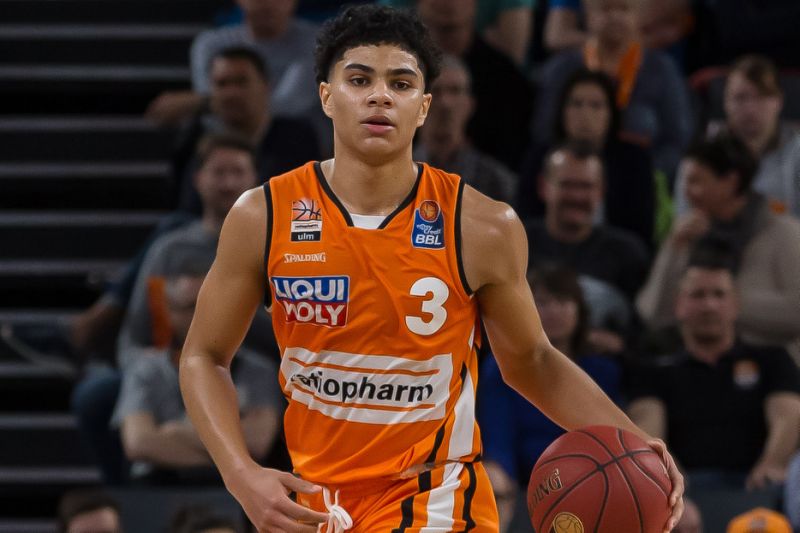
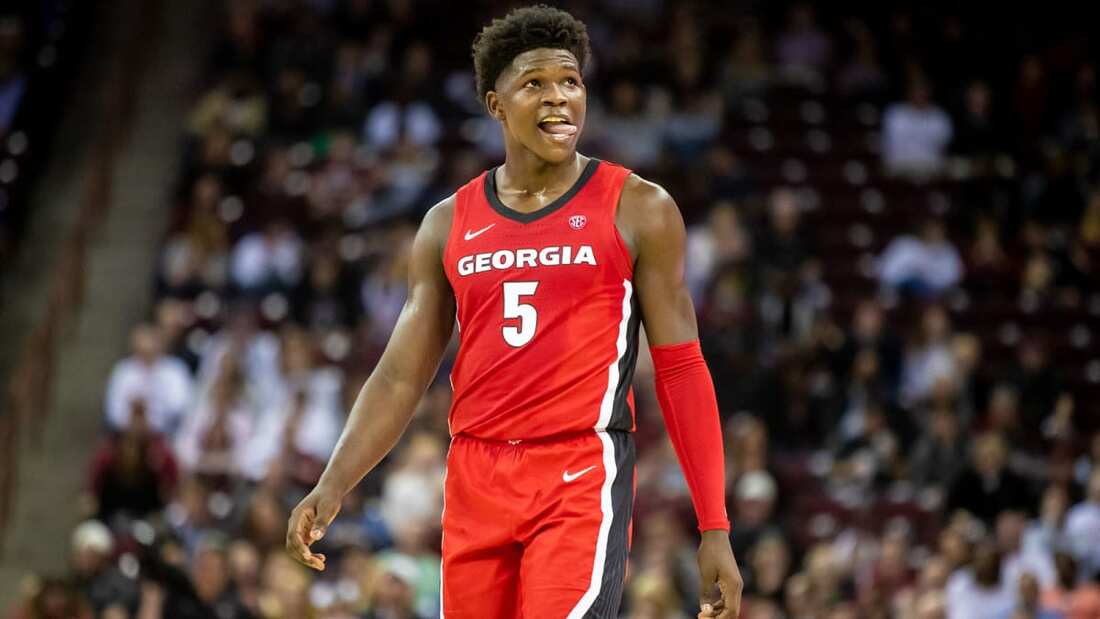
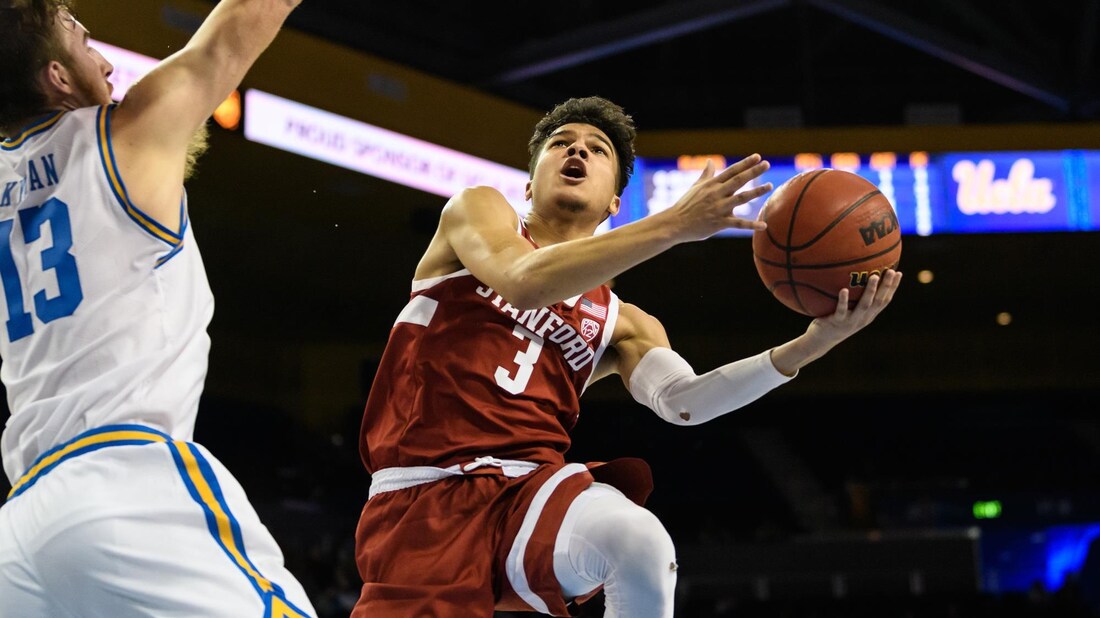
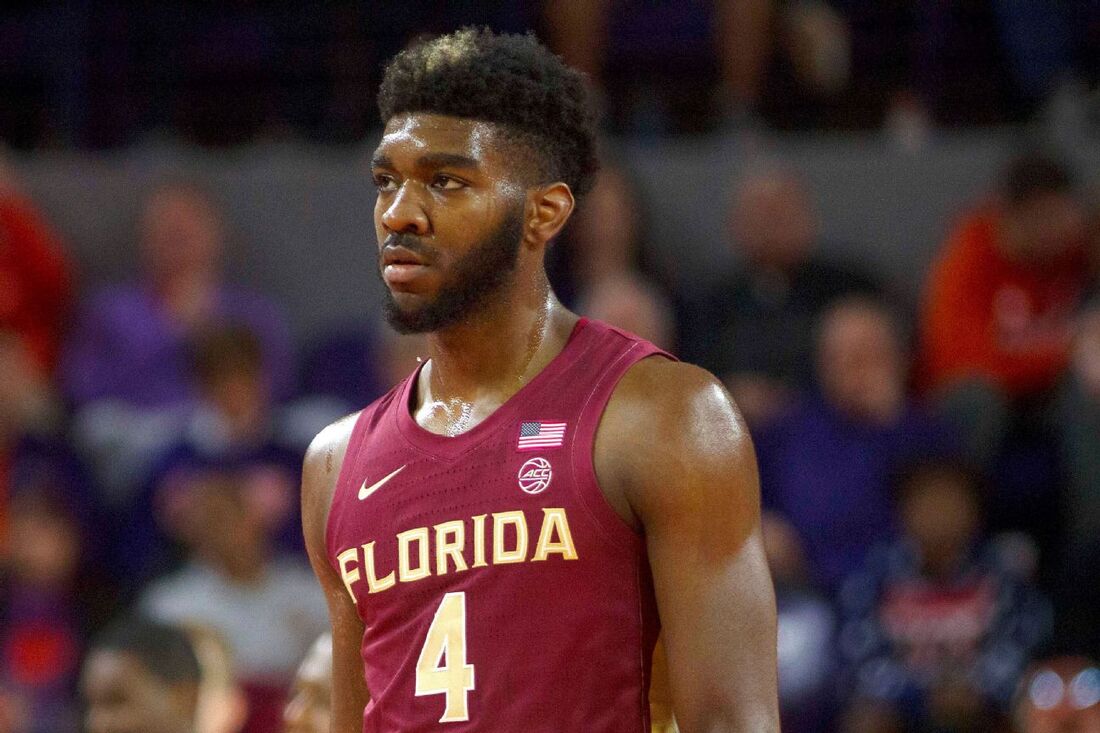

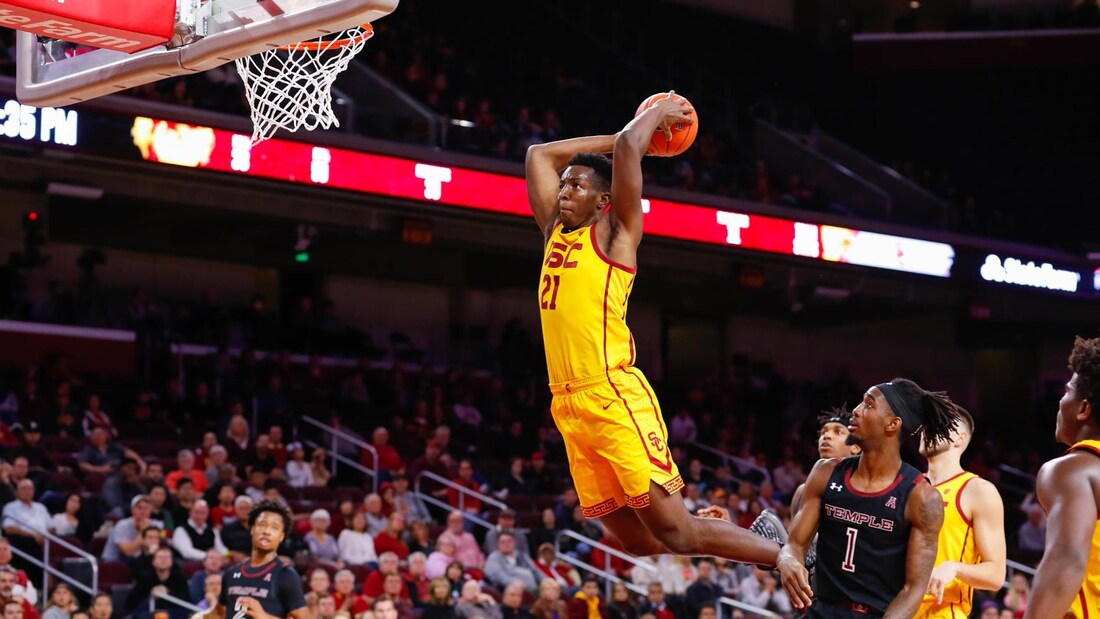
 RSS Feed
RSS Feed
